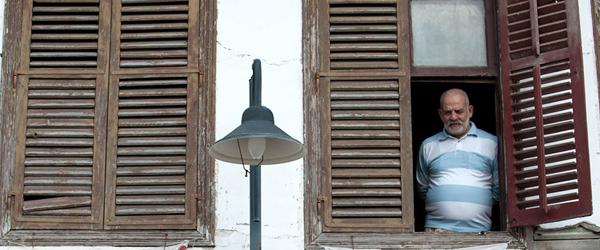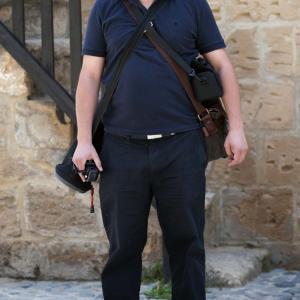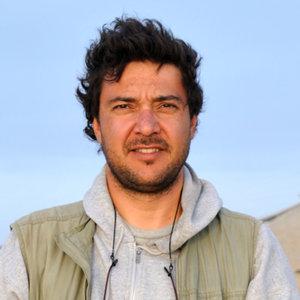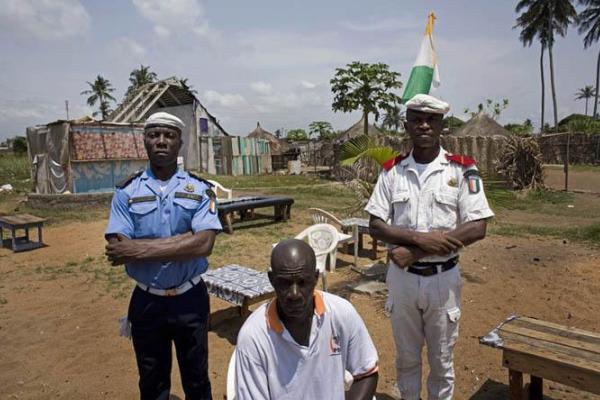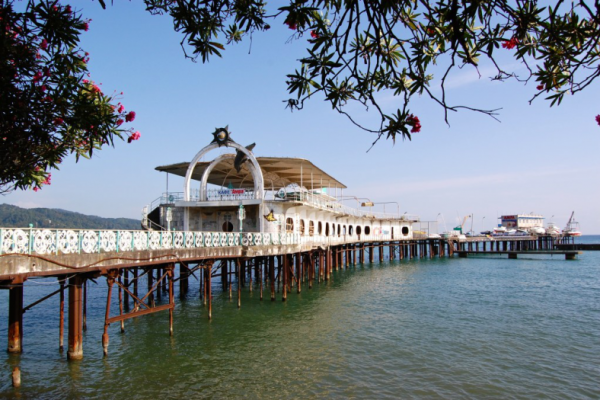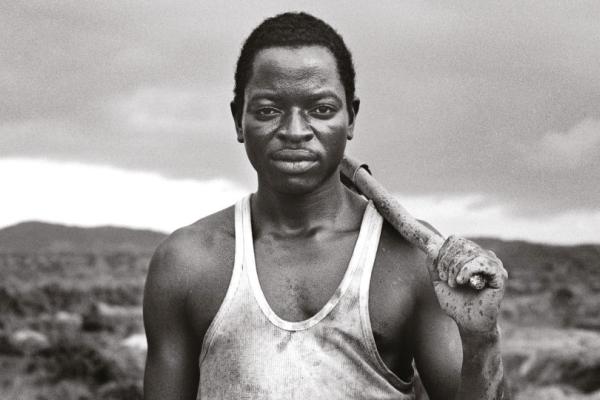A case in point is Nicosia, the divided capital of Cyprus, which holds the EU presidency from July to December 2012. Divided cities are laboratories for cohabitation and battlegrounds. Journalists portray the day-to-day reality experienced by people living in Nicosia (Cyprus), Belfast (Northern Ireland), Mitrovica (Kosovo) and Mostar (Bosnia and Herzegovina).
These cities have one thing in common: borders born from conflict. In each city, social, ethnic and religious groups feel that their community should have exclusive rights to those territories. Nevertheless, some members would like to overcome the past and forge a shared future, despite their differences.
The project will be divided into four parts:
1. Nicosia
The stories of Greek and Turkish Cypriots who recently have recovered bodies of relatives missing since military clashes in the 60’s and 70’s, a portrayal of political and social life within the temporary European Union capital.
2. Belfast
Certain elements of the Protestant-Catholic conflict have the potential to generate constructive dynamics that could overcome recurrent violence. This is illustrated through the accounts of former IRA soldiers making their living nowadays thanks to “Troubles tourism”, as well as the Catholic and Protestant urban artists known as the Peace Walls painters.
3. Mitrovica
Mitrovica’s bridge on the Ibar River has become not just a physical symbol of the clash between Albanian and Serbian communities, being the place where some Serbian teenagers vent their frustration through violence, but also a metaphor of division for the entire city. This part tells the story of these youth, known as the “bridge generation”, and the work of one organization that strives for reconciliation through music.
4. Mostar
Croatian Catholics and Bosnian Muslims aged 16 to 25 are the first generation to have grown up since the Balkans War. Their expectations, goals, opportunities and values often reveal the conflict between the two “Mostars”. This city is an example of the strategies taken to foster coexistence. The Ottoman bridge of Mostar, for instance, destroyed in the war, has been rebuilt. It remains to be seen if the same can be done for community integration.
